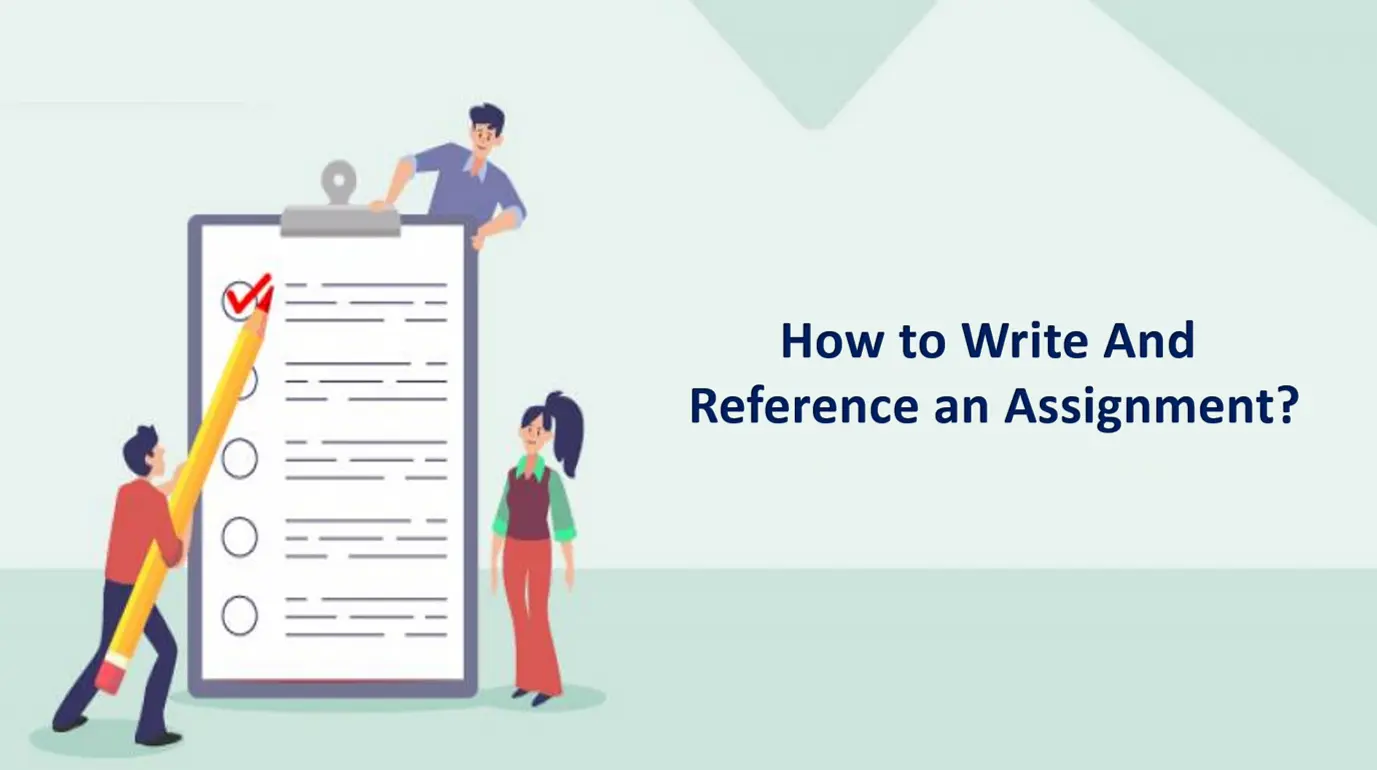How to Write and Reference an Assignment?
Assignment write-up will become authentic, only when there are valid citations and references included in the report. Referencing will present authentic information on the original source, along with the details of the author of the original source, the date of publication or the print, the name of the journal, page numbers of the article and so forth.
The specific details that need to include in the reference will vary depending on the type of the source. For instance, for a journal the title of the journal along with the page number of the article need to be included. If it is a book, the publisher, the ISBN number will get included in the reference. For a website, invariably, URL of the website will become part of the reference. In any case, the style of the reference and the citation will vary depending of the style of the reference selected for inclusion in the report. In accordance with the international regulations, certain types of write-up work preferably need to employ certain styles of references.

APA, MLA, AMA, IEEE, OSCOLA, Vancouver, Chicago Referencing Style Uses
For instance, psychology and related academic and professional works need APA style of referencing. MLA style of referencing is employed for literature works, as they detail the page number for quick referencing in the parenthetical citations. AMA style is used for medicine related academic publications. IEEE style employed for Electronics and Electrical engineering related publications write up. OSCOLA for law and related publications. Vancouver is used for international medical journals. Chicago style used for end notes and foot notes.
Harvard Referencing Style
British standard institution publications and institutions needing custom referencing styles are using Harvard Referencing style. In the main body of the write-up, citations will be included next to the sentence or the quote or the paraphrased content referred from the source. Once the citation is made, the actual complete reference will reflect the complete details of the citation in the references section. References section or Bibliography or the works cited section will be present at the end of the write-up with a separate page titled for that purpose.
Examples of Reference lists
APA (7th Edition)
Reference
Al-Shammari, H. A. (2021). CEO compensation and firm performance: The mediating effects of CEO risk taking behavior. Cogent Business & Management, 8(1). https://doi.org/10.1080/23311975.2021.1894893
Citation
(Al-Shammari, 2021)
MLA (9th Edition)
Reference
Henderson, Clint. “Omicron Update: When Will International Travel Return? A Country-by-Country Guide to Coronavirus Recovery.” The Points Guy, 27 Jan. 2022, thepointsguy.com/guide/reopening-soon-a-country-by-country-guide-to-coronavirus-recovery.
Citation
(Henderson)
Chicago style (19th Manual)
Reference
Pickard, Hanna. 2011. “What Is Personality Disorder?” Philosophy, Psychiatry, & Psychology 18, no. 3 (September): 181–84. https://doi.org/10.1353/ppp.2011.0040.
Citation
(Pickard 2011, 182)
Oscola style
References (Foot note)
2. Roberts v Johnson [1946] AC 613.
Citation
In Roberts v Johnson,2
Harvard Style
References
Bloom, H. (2005) Novelists and novels. Philadelphia: Chelsea House Publishers.
Citation
(Bloom, 2005)
AMA style (11th Edition)
References
1. Towfighi A, Markovic D, Ovbiagele B. Utility of Framingham coronary disease risk score for predicting cardiac risk after stroke. Stroke. 2012;43(11):2942-2947. doi: 10.1161/STROKEAHA.112.668319
Citation
Coronary disease risk1
IEEE styles
References
S. M. Mefire, “Static regime imaging of certain 3D electromagnetic imperfections from a boundary perturbation formula,” J. Comput. Math., vol. 32, no. 4, pp. 412–441, Jul. 2014, doi: 10.4208/jcm.1401-m4214.
Citation
Mefire [1, p. 425] states that
Conclusion
Referencing not only will add authenticity to the write-up, making it more impactive, but lack of referencing will also constitute plagiarism and will attract penal actions both in the academic as well as in the professional domains.




